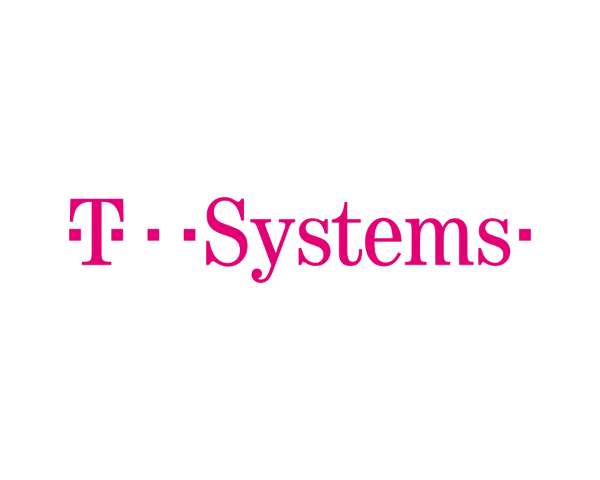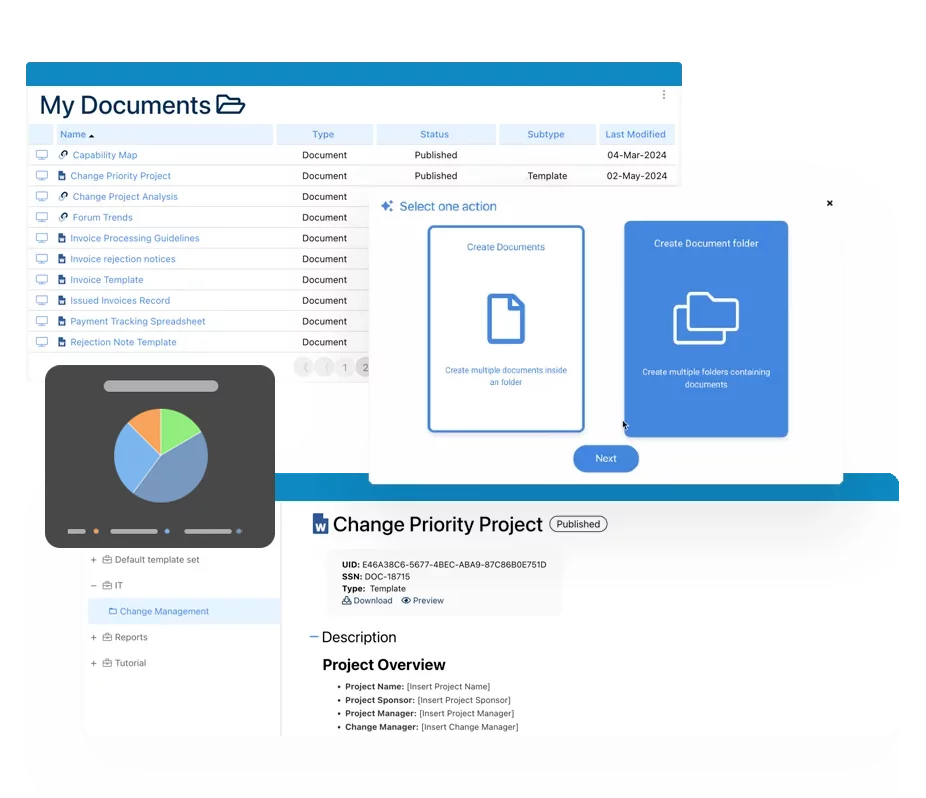


Solution Architect vs
Enterprise Architect vs
Technical Architect
Please Select contact form.
Understanding Key Roles in Modern IT Architecture

While business requirements are changing dramatically, our technological environment is evolving quickly. Companies must rely on specialized knowledge in order to keep up with the digital transformation and align their business strategy with new technology solutions. This is where business and IT architects, to some extent, are useful.
But how do enterprise architects and solution architects differ from one another?
And why can’t a technical architect and an enterprise architect by themselves ensure that an IT project will be completed successfully?
Solution architects fill the gap between business needs and the implementation of technological solutions while enterprise architects define strategic directions. Without this connection, past experiences have shown that almost half of all IT projects tend to fail.


What is the role of a Solution Architect?
The general responsibility of a solution architect is to assess all business requirements and develop solutions in the form of goods or services. Solution architects are tasked with solving problems after being presented with them as well as actively guiding the technical vision to success.
The architecture of a solution is made up of numerous intricate processes and their subprocesses. It is crucial to the introduction and effective adoption of new technological solutions within an organization. Solution architecture experts carefully examine how various business, information, and technological components can be used to address a particular issue in the first step.
After that, they suggest a set of components that together offer the best solution. It acts as a link between technical architecture and enterprise architecture and is very detail-oriented. It also calls for a depth of understanding of the company’s technical and administrative operations.
Solution architects are responsible for overseeing the tasks and activities necessary for the successful implementation of a solution they have created for an existing problem.
The experts keep an eye on all technological risks throughout the process and ensure that the proposed solution meets all requirements while demonstrating consistency. They manage ongoing tasks and adapt the design idea for IT operations. Solution architects thus most closely resemble project managers in their assigned roles, who make sure that all parties, including the stakeholders, are on the same page and move in the right direction throughout all phases.
A method for representing an organization’s business anchor model that is independent of the organization’s structure, processes, people, or domains is known as business capability modelling. Get a single poster that combines the expertise of several businesses right away!
What exactly does an Enterprise Architect do?
Enterprise architects ensure that the IT strategy is in line with the goals of the organization, whereas solution architects design solutions for particular business issues. They are responsible for defining all business needs after conducting an analysis of the internal and external environments of the company.
Enterprise architects, out of all IT architects, have the broadest understanding of the organization and its capabilities.
When it comes to identifying business needs in relation to both internal and external factors, such as competitors and a company’s IT landscape, they are crucial.
They are in charge of researching new frameworks and best practices for technology departments, as well as analyzing current trends in technology architecture.
They establish business objectives and create a roadmap for information technology with the aid of domain architects and clear architectural models. The goal of this roadmap is to connect context and concept.
A company’s leadership can decide how artificial intelligence, IoT, or blockchain could be used to create a competitive advantage with the help of the enterprise architect’s experience.
In this situation, the enterprise architect must ensure that the appropriate enterprise infrastructure is built, while also ensuring that the new applications meet all business requirements and uphold the company’s integrity while also addressing their own problems.
Enterprise architects frequently delegate specific tasks to the solution or technical architect, despite the fact that they occasionally deal with technical issues like the life cycle of an app and technological environments. They have the most abstract understanding of structures and processes because they aren’t concerned with the minute details, and they never lose sight of the big picture.
What is the role of a Technical Architect?
Technical architects take a more active role in the execution of IT projects than solution and enterprise architects. The majority of technical architecture experts concentrate on a single implementation and have a narrow area of expertise where they also establish best practices.
The primary responsibility of the technical architect is to realize specific technical implementation procedures. Technical architects typically specialize in a single technology because this calls for a high level of in-depth knowledge. As a result, they are given names that reflect their areas of expertise, such as Java or Python architect. Technical architects are categorized as domain architects, just like data, application, or information architects.
Together, these roles implement technological solutions and guarantee that application designs adhere to the technological strategy established by the enterprise architect. Technical architects, however, are not just in charge of putting new technologies into use. They also make suggestions and alert stakeholders to potential dangers.
Large teams of developers and technical experts may report to technical architects. They take on the role of technical project managers, defining the architecture of a given system and managing the associated IT tasks. They are the most proximate to the end user of an organization among all IT architects. They must therefore make sure that the technology is not only delivered on time but also has all the features the end user will need.
Technical architects collaborate closely with solution architects to bridge the gap between the strategic concept and its technical execution in order to meet the needs of the organization and the user.
Solution Architects, Technical Architects & Enterprise Architects
The responsibilities of IT architects must change as well because of how quickly the technology landscape is changing. Because of this, it can occasionally be difficult to distinguish between the various types. Each IT architect has a specific area of responsibility, despite the fact that sometimes tasks appear to overlap:
Enterprise Architect
Enterprise architects concentrate on designing the IT environment at the enterprise level
Solution Architect
Solution architects are in charge of identifying and implementing solutions to particular business issues. They also oversee every process involved in successfully implementing a new application.
Technical Architect
Technical architects specialize in a single technology and offer the technical expertise required to deliver the product.
The following graph demonstrates how much strategic and technical input each kind of IT architect provides to a project: Technical architects are more focused on technology than strategy, whereas enterprise architects are the opposite. The solution architect serves as a conduit between enterprise architecture and technical architecture, bridging the gap between concept and implementation.

Responsibilities and skill sets
To be successful IT strategists, enterprise architects must possess a wide range of abilities. They must be proficient business managers in addition to having thorough knowledge of all enterprise software and technological advancements.
In order to engage stakeholders, they frequently interact with the executive leadership and must be able to define and effectively communicate business goals. They are in charge of coordinating these organizational objectives with the company’s technological objectives and IT infrastructure. The majority of enterprise architects hold an MBA or a master’s degree.
Solution architects require excellent communication abilities, just like enterprise architects do. They spend a lot of time negotiating the needs of all parties involved and coordinating ongoing activities. They frequently switch between various business layers because they serve as the connecting link between enterprise and technical architecture.


They must therefore comprehend how every aspect of the company interacts with one another. This calls for extensive analytical thought. They must be well-versed in technical details because they are also responsible for ensuring the technical integrity of each solution.
Technical architects must first be able to visualize new technical concepts before integrating them into an existing system because they are experts in their field. They are in charge of developing the IT project with a development team and outlining standards and best practices as they go.
Additionally, they make all parties aware of the risks and particular software requirements. Technical architects should have knowledge of how to deploy applications in the most efficient manner and experience working with both on-premises and cloud native infrastructures.


Final Thoughts
The distinction between an enterprise architect and a solution architect typically causes the most confusion when comparing all three IT architects. However, each architect has a specific set of duties that shouldn’t substantially overlap with those of the other two.
By introducing efficient IT strategies, enterprise architects and business architects promote standardization and direct a company’s business decisions. The solution architect then chooses a particular issue and suggests a solution after they have determined areas that need improvement. They establish a connection between the technological vision and its actual application in this way.
Technical architects convert the solution into an integrated system as the final step. They offer comprehensive technical analysis on topics like hardware and software details. They also serve as team leaders and oversee the smooth deployment of new applications.
Depending on the size of the business and the complexity of its infrastructure, an organization may require all three types of architects. Many IT architects are employed on a project-by-project basis by consulting firms.
How Interfacing can Help
Interfacing’s team looks forward to helping your organization to align both technical and business requirements, for a stronger, more complete digital transformation.
EPC provides organizations with the tools and capabilities they need to design, model, measure, mature and automate their business. We believe it’s crucial to have the right resources and know-how that remain at the forefront while the world is evolving. Interfacing’s focus therefore goes beyond traditional transformation to also include areas such as proactive transformation through, Resilience (BCP, BIA, DRR), Regulatory management, ISO 27K and Compliance.
A key differentiator of Interfacing that puts it far beyond the competition leans on leveraging its own innovative technology solution in support of transformation programs. Interfacing’s transformation suite, combined with our consulting services, provide a digital blueprint of the enterprise to gain insight into impacts, digitalize work methods and promote collaboration. Interfacing’s software solutions deliver the transparency required to reduce complexity, improve execution and facilitates agility and change. Interfacing’s integrated management system is a one-stop-shop for managing transformation programs end-to-end.
Interfacing’s Enterprise Process Center® digital platform solution helps you maintain a complete library of:
- Processes
- Procedures
- Roles, Assets & responsibilities
- Risks & controls
- All regulatory requirements and standard controls
- Internal policies
- Aligned indicators (KPIs)
- Strategies, Capabilities/SWOT
- Controlled indicators (Monitoring)
Why Choose Interfacing?
With over two decades of AI, Quality, Process, and Compliance software expertise, Interfacing continues to be a leader in the industry. To-date, it has served over 500+ world-class enterprises and management consulting firms from all industries and sectors. We continue to provide digital, cloud & AI solutions that enable organizations to enhance, control and streamline their processes while easing the burden of regulatory compliance and quality management programs.
To explore further or discuss how Interfacing can assist your organization, please complete the form below.

Documentation: Driving Transformation, Governance and Control
• Gain real-time, comprehensive insights into your operations.
• Improve governance, efficiency, and compliance.
• Ensure seamless alignment with regulatory standards.

eQMS: Automating Quality & Compliance Workflows & Reporting
• Simplify quality management with automated workflows and monitoring.
• Streamline CAPA, supplier audits, training and related workflows.
• Turn documentation into actionable insights for Quality 4.0

Low-Code Rapid Application Development: Accelerating Digital Transformation
• Build custom, scalable applications swiftly
• Reducing development time and cost
• Adapt faster and stay agile in the face of
evolving customer and business needs.
AI to Transform your Business!
The AI-powered tools are designed to streamline operations, enhance compliance, and drive sustainable growth. Check out how AI can:
• Respond to employee inquiries
• Transform videos into processes
• Assess regulatory impact & process improvements
• Generate forms, processes, risks, regulations, KPIs & more
• Parse regulatory standards into requirements

Request Free Demo
Document, analyze, improve, digitize and monitor your business processes, risks, regulatory requirements and performance indicators within Interfacing’s Digital Twin integrated management system the Enterprise Process Center®!
Trusted by Customers Worldwide!
More than 400+ world-class enterprises and management consulting firms



































































